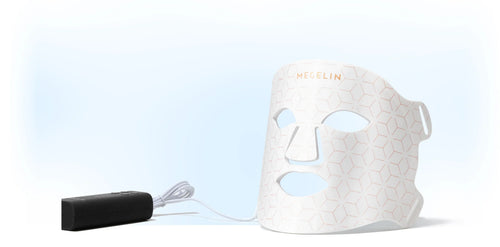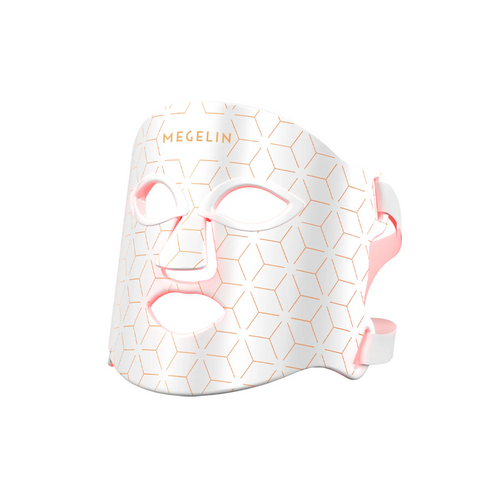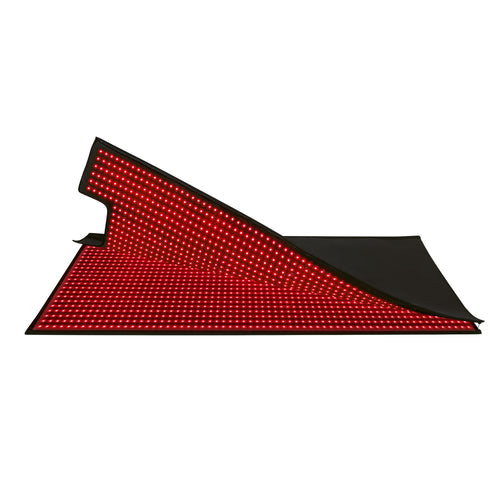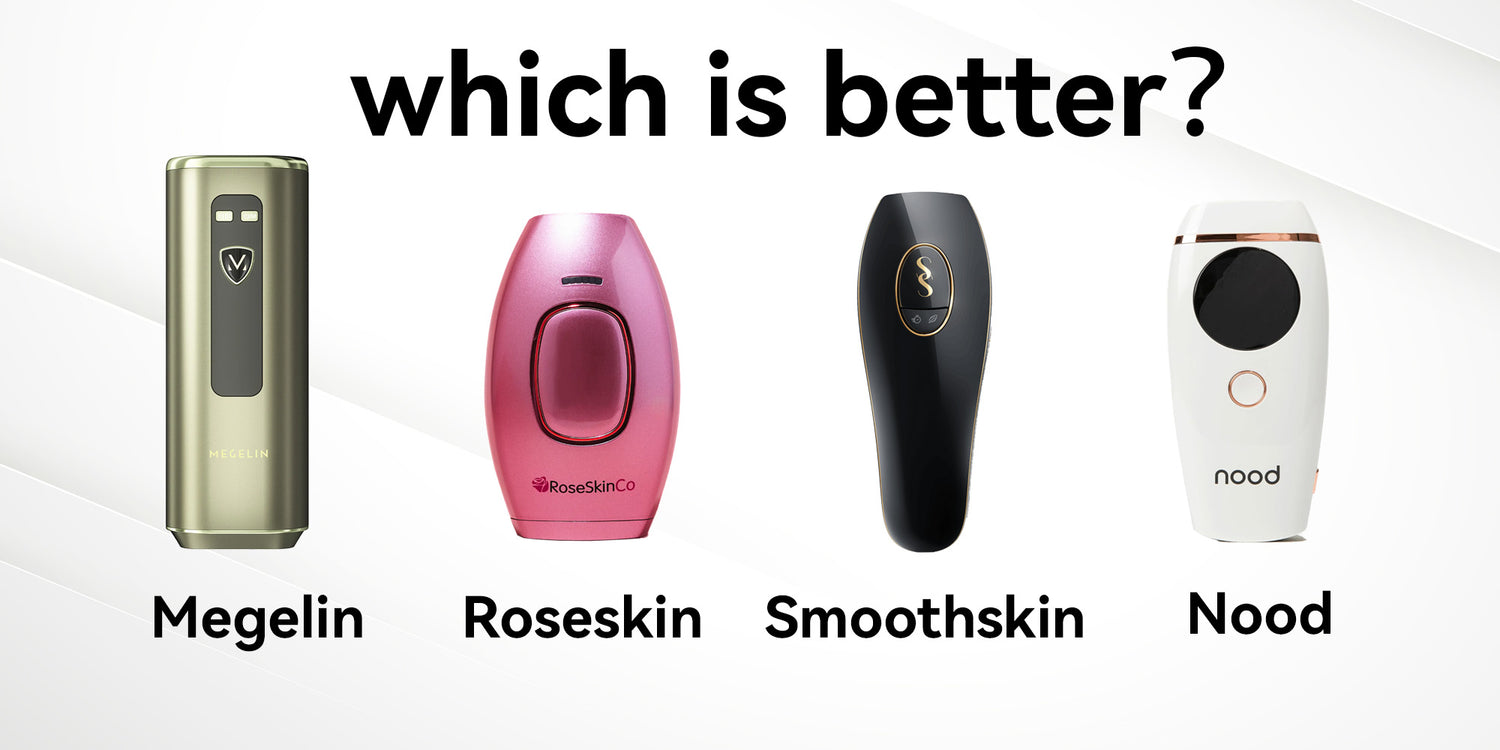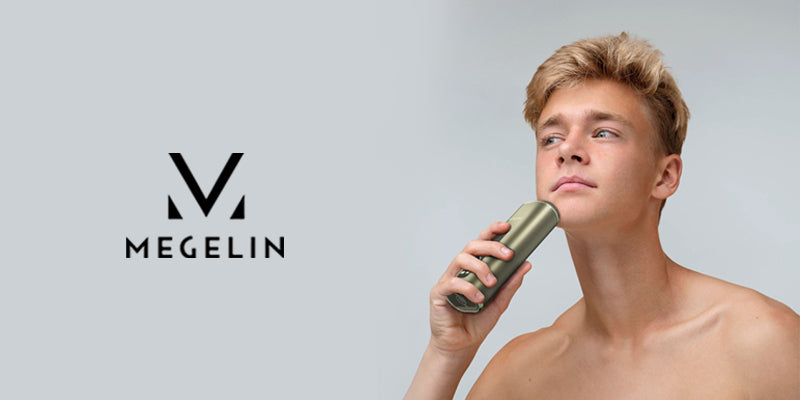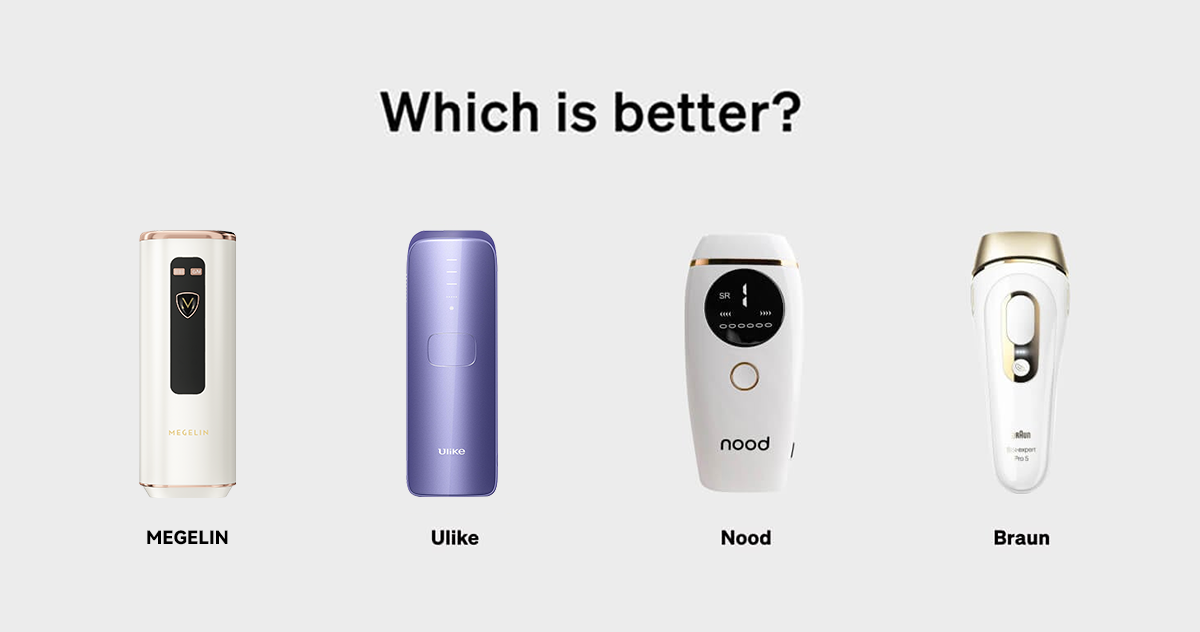
Red Light Therapy Before or After Workout? Must Know for Better Fitness and Recovery
2MegelinIn the quest for better physical performance and faster recovery, the question of using red light therapy before or after workouts has gained attention. This method combines the benefits of red light therapy with exercise, addressing inflammation, joint pain, muscle fatigue, and recovery time. By enhancing mitochondrial function and promoting ATP production, red light therapy helps optimize fitness routines while reducing muscle damage and soreness. Its importance lies in boosting cellular energy, improving blood flow, and aiding efficient muscle recovery.
This article explores the science behind this therapy, highlighting its impact on healing and athletic performance. It provides insight into when to use red light therapy—before or after workouts—for muscle recovery and fitness optimization. Practical tips for using this therapy effectively will also be shared, helping readers integrate it into their fitness routines. By the end, readers will understand how red light therapy can enhance fitness and recovery, enabling informed health and wellness decisions.
What is Red Light Therapy
Red light therapy (RLT) leverages low-level wavelengths of red and near-infrared light to stimulate cellular functions and promote healing. This treatment, often referred to as photobiomodulation (PBM), has gained traction for its efficacy in treating skin conditions and enhancing muscle recovery. The therapeutic effects of RLT arise primarily from its ability to penetrate the skin and stimulate the mitochondria, the powerhouses of the cell, thereby enhancing the production of adenosine triphosphate (ATP), the energy currency of the cell [1].
Biochemical Reactions and ATP Production
The core mechanism of red light therapy involves the absorption of light by mitochondrial chromophores, leading to an increase in ATP production. This process, stimulated by wavelengths between 600-1100 nm, enhances cellular energy and facilitates various cellular functions including growth, repair, and regeneration [1]. The increase in ATP not only supports cellular health but also plays a crucial role in muscle function and recovery. Enhanced ATP production means increased energy availability, which is crucial during both the performance and recovery phases of physical activities [3].
Reduction of Oxidative Stress and Inflammation
Another significant benefit of red light therapy is its ability to modulate oxidative stress and inflammation, two common culprits in post-exercise recovery. By enhancing mitochondrial function, RLT can mitigate the production of reactive oxygen species (ROS) which, when overproduced, can lead to cellular damage and inflammation [4]. Furthermore, RLT has been shown to increase the body's natural antioxidant defenses, thus helping in reducing oxidative stress and promoting faster recovery from muscle injuries [4]. The therapy also reduces inflammation by inhibiting NF-kB, a protein complex that plays a key role in regulating the immune response to infection [5].
Through these mechanisms, red light therapy not only aids in immediate recovery enhancement but also contributes to long-term health benefits by improving skin texture, reducing pain and inflammation, and increasing blood circulation. This multifaceted approach makes RLT a valuable addition to both healthcare and athletic training regimes.
When to Use Red Light Therapy for Optimal Results
Pre-workout Benefits
Red light therapy, when applied before exercise, can significantly enhance muscle performance. It is particularly effective in increasing endurance and reducing the likelihood of muscle damage and strain [6][7][8]. By preconditioning the muscles, individuals may experience less soreness and inflammation, allowing for longer and more intense workout sessions [6][7][7][8]. This pre-workout application helps to minimize muscle strain and provides the added benefit of accelerating post-exercise recovery [6][7][7][8].
Post-workout Benefits
Implementing red light therapy after a workout addresses the immediate inflammation that often follows intense physical activity. This post-workout treatment aids in quickly reducing inflammation and muscle soreness, thereby speeding up the recovery process [6][7][7][8]. Additionally, red light therapy post-exercise can help in reducing muscle atrophy and increasing muscle mass, which contributes to better overall recovery and performance [6][7][7][8]. Regular post-workout sessions can significantly improve recovery times, reducing the risk of injury and preparing the body more swiftly for subsequent workouts [6][7][7][8].
Practical Tips for Using Red Light Therapy
What to Do
Starting with shorter sessions of red light therapy is advisable to monitor skin reactions, such as irritation or redness. Initially, these sessions might last only a few minutes, gradually increasing as the skin adapts [9]. It's essential to integrate red light therapy into a broader skincare regimen. For instance, applying a nourishing facial oil or serum before the session can enhance the skin’s receptivity to the treatment. Following up with a moisturizer after the therapy helps seal in the benefits, promoting skin health and elasticity [9].
How Often
For effective use of red light therapy at home, it is recommended to conduct sessions 3-5 times a week [10]. Each session should ideally last between 10-20 minutes. Adjusting the duration based on personal response to the treatment is crucial, as every individual reacts differently [10]. Consistency is key to achieving significant benefits, so maintaining a regular schedule is essential for optimal results [10].
Conclusion
We have explored the dynamics of red light therapy (RLT) in enhancing fitness and speeding up recovery. Its powerful effects on muscle performance, recovery, and overall health are due to its ability to penetrate deep into tissues, stimulate mitochondrial activity, and boost ATP production. Using RLT, both pre and post-workout, minimizes muscle damage and soreness while optimizing performance and recovery. Understanding its scientific principles and practical applications helps individuals make informed decisions about incorporating red light therapy into their routines.
The significance of red light therapy extends beyond immediate physical benefits, offering transformative potential for long-term health. Further research could reveal more profound applications of RLT in healthcare and training. Integrating RLT could redefine recovery times, performance standards, and health outcomes. For those looking to optimize physical performance and recovery, red light therapy offers a promising path to achieving fitness and health goals.
FAQs
1. When is the best time to use red light therapy in relation to workouts?
For optimal results, it is recommended to use red light therapy both before and after your workouts. Using it before helps prepare your muscles, while using it afterward aids in recovery.
2. What steps can I take to maximize the benefits of red light therapy?
To achieve the best outcomes from red light therapy, follow these steps:
- Set realistic expectations for the results.
- Keep consistent with your therapy appointments.
- Schedule your sessions strategically.
- Drink plenty of water.
- Time your sessions appropriately.
- Avoid physical therapy or strenuous exercise right before your sessions.
- Reduce carbohydrate intake before sessions.
- Refrain from consuming alcohol.
3. What should I avoid on my skin before undergoing red light therapy?
To ensure the effectiveness of red light therapy, avoid applying any skincare products that may block the light, such as sunscreen or makeup. These products can prevent the red and near-infrared LED lights from penetrating the skin effectively.
4. Is it beneficial to use infrared therapy before or after exercising?
Research suggests that using infrared therapy, such as an infrared sauna, after workouts can be beneficial. It has been shown to help alleviate pain and reduce muscle soreness following strength and endurance training.
References
[1] - https://www.healthline.com/health/red-light-therapy
[2] - https://www.exercisinghealth.net/blog/the-benefits-of-red-light-therapy-photobiomodulation
[3] - https://www.ncbi.nlm.nih.gov/pmc/articles/PMC4299734/
[4] - https://www.ncbi.nlm.nih.gov/pmc/articles/PMC5623775/
[5] - https://www.theralight.com/theralight-blog/what-is-oxidative-stress
[6] - https://rouge.care/blogs/rouge-red-light-therapy-blog/red-light-therapy-before-or-after-your-workout-which-is-better
[7] - https://www.fasttwitch.com.au/learn/red-light-therapy-before-or-after-a-workout
[8] - https://rouge.care/blogs/rouge-red-light-therapy-blog/red-light-therapy-for-fitness-performance-and-recovery
[9] - https://www.solawave.co/blogs/red-light-therapy/how-to-maximize-your-at-home-red-light-therapy-sessions
[10] - https://rouge.care/blogs/rouge-red-light-therapy-blog/10-mistakes-you-might-be-making-using-red-light-therapy-at-home



